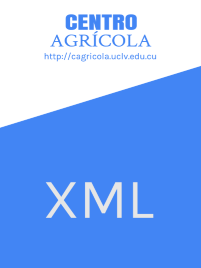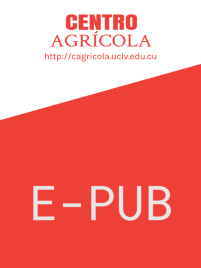CE: 1944CF: cag034192242
RESEARCH ARTICLE
Response of tomato cultivar plants to the application of chitosan
Respuesta de plántulas de cultivares de tomate a la aplicación de quitosano
Juan José Reyes-Pérez1*, Emmanuel Alexander Enríquez-Acosta2, Miguel Ángel Ramírez-Arrebato3, Aida Tania Rodríguez-Pedroso3, Marisol Rivero-Herrada1
1 Universidad Técnica Estatal de Quevedo, Av. Walter Andrade, km 1.5 vía a Santo Domingo, Quevedo, Los Ríos, Ecuador
2 Universidad Técnica de Cotopaxi, Extensión La Maná, Av. Los Almendros y Pujilí, Edificio Universitario, La Maná, Ecuador
3 UCTB Los Palacios, Instituto Nacional de Ciencias Agrícolas (INCA), Carretera La Francia km 1 s/n, Los Palacios, Pinar del Río, Cuba
*E-mail: This email address is being protected from spambots. You need JavaScript enabled to view it.
ABSTRACT
With the objective of evaluating the influence of Chitosan on seedlings of tomato cultivars, an experiment was developed in shaded mesh house conditions, with control of temperature, relative humidity. Eight treatments were used which resulted from the combination of Pomodoro and Floradade tomato cultivars with three doses of Chitosan 1, 2 and 3 g L-1 and a control without application. The treatments were distributed in a completely randomized design with three repetitions. 21 days after germination, evaluations were made to variables related to the growth and development of the crop. The data were subjected to a multivariate analysis of principal components with Biplot representation and a double variance analysis and multiple means comparison were subsequently performed. When applying the principal component analysis two new variables were formed (C1, C2) that managed to explain 91.24 % of the total variance of the experiment. C1 presented the highest contribution with 85.66 %, which was characterized by the fresh and dry mass of the stem, the fresh and dry mass of the leaves, the fresh mass of the root, the diameter and length of the stem, as well as the concentration of N, P and K, in the foliar part of the plant. The analysis of variance showed that the doses that caused a greater positive effect on the cultivars in most of the variables evaluated were 1 and 2 g L-1.







